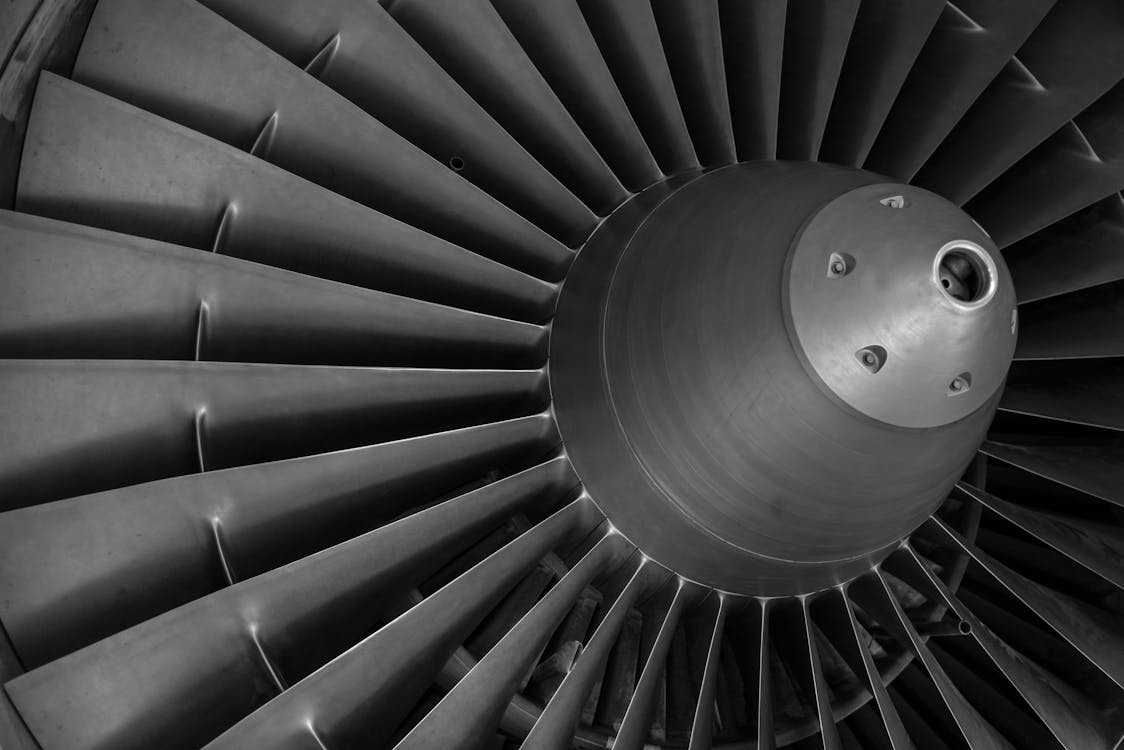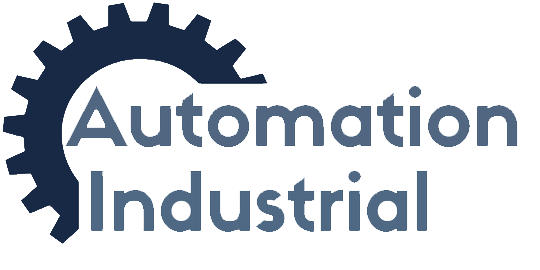Mastering the Dynamics of Turbine Control and Maintenance
Author: Nicholas Jones
Tags: Industrial, Gas, Turbine
Date 1/17/24
Turbines, the behemoths of energy generation and industrial processes, require meticulous control and maintenance to ensure their optimal performance and longevity. Whether it’s in the realm of power generation or within the industrial manufacturing sector, the management of these complex machines is crucial. This comprehensive exploration delves into the nuances of turbine control and the essential practices of turbine maintenance, highlighting their significance in various sectors.
The Art of Turbine Control
Turbine control is an intricate art that balances numerous variables to achieve maximum efficiency and safety. Modern control systems for turbines, whether they are steam, gas, or wind turbines, are equipped with advanced sensors and control algorithms. These systems continuously monitor parameters like temperature, pressure, rotational speed, and vibration to adjust operational settings in real-time.
In power plants, for instance, turbine control is crucial in matching power generation with the demand. Controllers adjust the turbine's output by manipulating steam flow (in steam turbines) or fuel supply (in gas turbines), ensuring that electricity generation is both efficient and stable.
The Evolution of Turbine Control Systems
The evolution of turbine control systems has been marked by significant technological advancements. Initially, these systems were predominantly mechanical, but today, they are predominantly digital, offering higher precision and adaptability. The integration of digital technologies like the Internet of Things (IoT) and Artificial Intelligence (AI) has further enhanced turbine control. These technologies enable predictive analytics, where potential issues can be identified and addressed before they escalate into major problems.
Maintenance: The Lifeline of Turbine Operations
Maintenance is the lifeline of turbine operations. Regular and systematic maintenance practices are essential to ensure the longevity and efficiency of turbines. This involves routine inspections, cleaning, lubrication, parts replacement, and performance testing.
Scheduled maintenance activities are generally planned during periods of low demand to minimize operational disruptions. For instance, in the energy sector, turbine maintenance is often scheduled during spring and fall when electricity demand is typically lower.

Predictive Maintenance: A Proactive Approach
The trend in turbine maintenance has shifted from reactive to proactive, with a significant focus on predictive maintenance. This approach leverages data analytics and monitoring technologies to predict when maintenance should be performed. By analyzing data trends and operational patterns, predictive maintenance can foresee potential failures, allowing for timely interventions. This not only reduces downtime but also extends the life of the turbine.
Challenges in Turbine Maintenance
Despite the advancements in maintenance strategies, there are still challenges. Turbines operate under high-stress conditions, and their components are subject to wear and tear. The harsh operating environments, especially for wind and hydro turbines, add another layer of complexity to maintenance tasks. Moreover, finding skilled technicians who can perform these specialized maintenance tasks is often a challenge.
Case Studies: Wind Turbine Maintenance
In the case of wind turbines, maintenance is particularly challenging due to their remote locations and the height at which they operate. Drones are increasingly being used to inspect wind turbine blades, reducing the need for technicians to climb the turbines. This not only improves safety but also makes the inspection process more efficient.
Gas Turbine Maintenance in Power Plants
For gas turbines in power plants, maintenance involves regular inspection of the combustion chamber, turbine blades, and rotors. Any damage or wear in these components can significantly affect the turbine's efficiency and lead to costly repairs if not addressed promptly.
The Role of Training and Development
Effective turbine maintenance also hinges on the skills and knowledge of the maintenance team. Continuous training and development are crucial in equipping these professionals with the latest knowledge and techniques in turbine maintenance. Many organizations invest in specialized training programs that cover the theoretical and practical aspects of turbine technology and maintenance.
Future Trends in Turbine Maintenance
Looking to the future, the field of turbine maintenance is set to evolve with advancements in technology. Automation and robotics are expected to play a more significant role, particularly in hazardous and hard-to-reach areas. Additionally, advancements in materials science could lead to the development of more durable and efficient turbine components, reducing the frequency of maintenance required.
Conclusion
The control and maintenance of turbines are critical aspects that directly impact the efficiency and operational lifespan of these machines. As turbines continue to be integral in various sectors, the emphasis on advanced control systems and proactive maintenance approaches will only grow. The integration of digital technologies in turbine operations is not just enhancing efficiency; it’s paving the way for smarter, safer, and more sustainable turbine management practices. As we move forward, the continual evolution in turbine technology and maintenance strategies will play a pivotal role in meeting the world’s growing energy and industrial demands while ensuring the sustainability and reliability of turbine operations.
